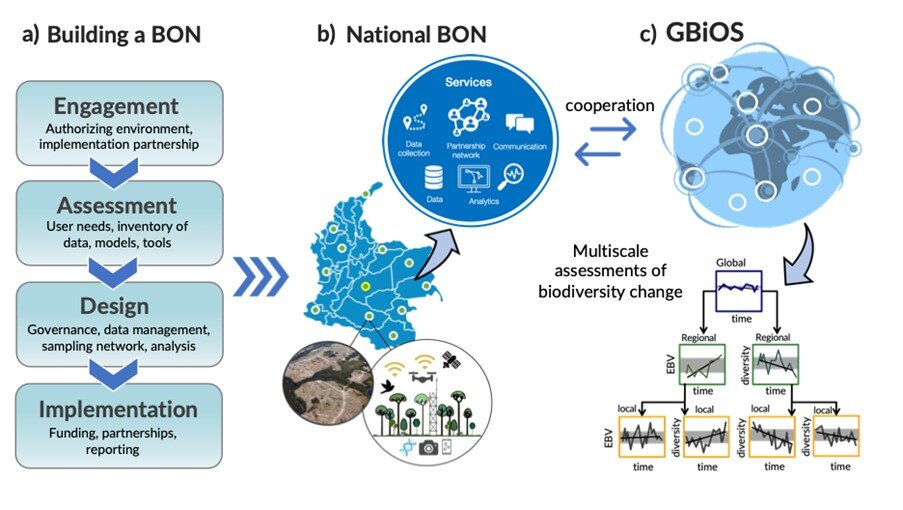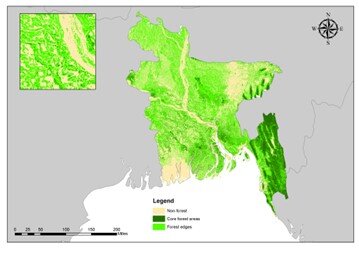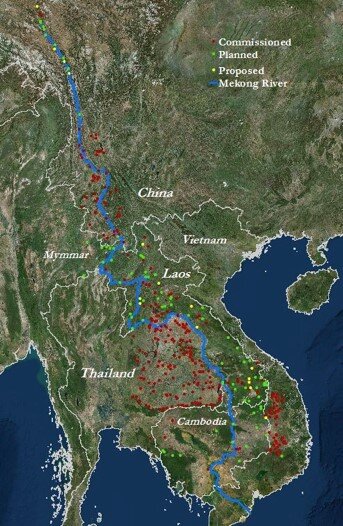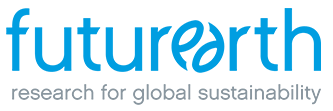Water Futures / NEXUS
Research in the water-energy-food nexus centers on the interconnections among these three vital components, requiring the collection of data in a synergistic manner for comprehensive nexus analysis. However, conventional research approaches have historically separated data collection into distinct ''spheres'' of water, energy, or food, resulting in spatial and temporal mismatches that limit their utility for nexus analysis. Earth observation systems offer a promising avenue for gathering data at spatial and temporal scales conducive to nexus studies. The NEXUS KAN is establishing its international project office in Hainan, China, and is keen to collaborate with GEO's initiatives such as GEOGlows and AquaWatch.
Hydroelectric dams in the Mekong River Basin. Regular satellite observations of hydropower dams can capture their water storage for electricity generation and simultaneous distribution for crop irrigation and food production. By enabling long-term monitoring of water quantity and quality, these observations facilitate in-depth analyses of the dynamic linkages between water, energy, and food systems and the implications for local communities.
Jiaguo Qi Michigan State University, USA














